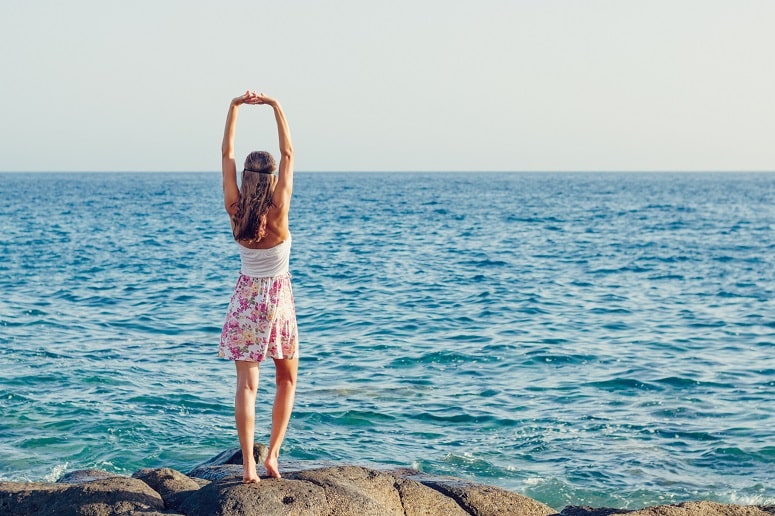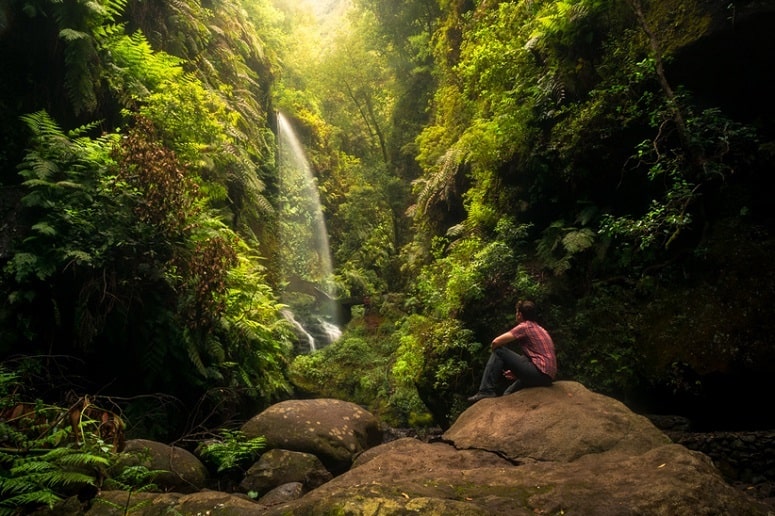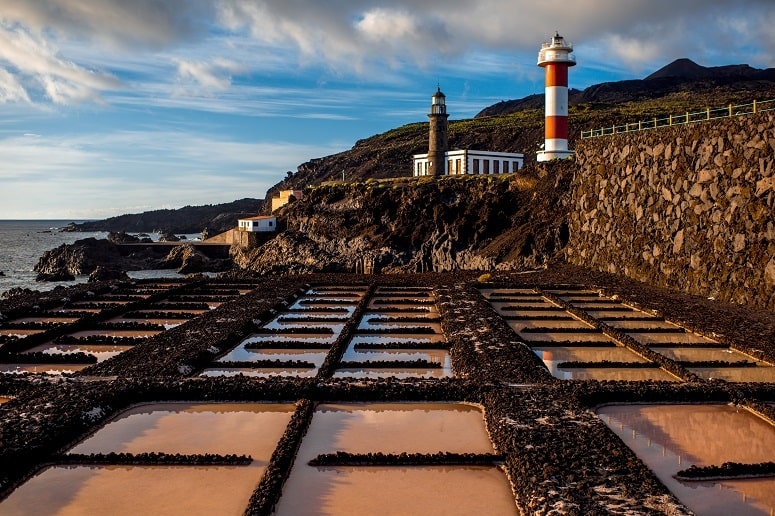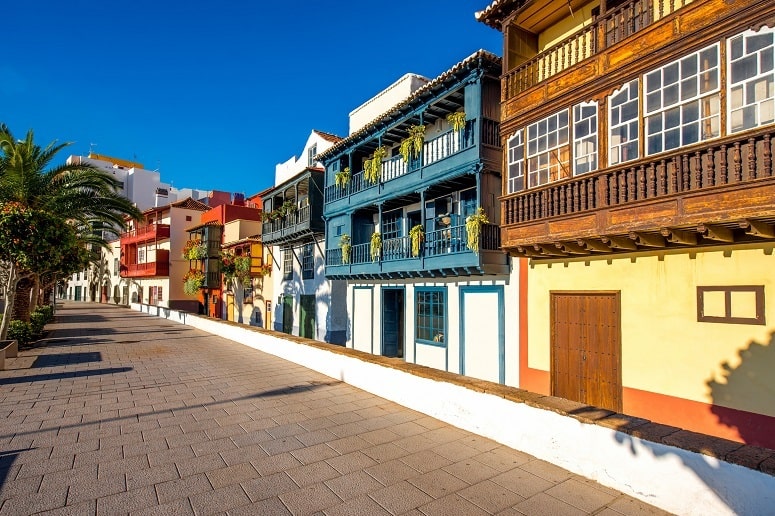THE CUISINE OF LA PALMA
The cuisine of La Palma is influenced by the Spanish, Latin American and African cuisine, but also the native culinary art has remained present to this day. Fresh fish, meat, potatoes and stews are important components of La Palma’s cuisine.
Our culinary tips you should taste:
papas arrugadas:
A definite must amongst the side dishes of the Palmeros. So-called wrinkled potatoes are cooked in a massive amount of sea salt water which gives them their wrinkled look.
mojo rojo & mojo verde:
Canarian sauces that are served with many dishes. Their main ingredients are bell pepper, garlic, oil and vinegar. The well-known sauces are ubiquitous with the bread that is served as appetizer, with the papas arrugadas mentioned above or with meat or fish. The red mojo (mojo rojo) is especially good with meat, the green mojo (mojo verde), however, with fish dishes. Just taste them!
papas locas:
The mad potatoes are the ideal quick lunch. They are actually French fries with three different sauces, meat (for example chicken, beef or sausage) and cheese. A truly mad mix.
Arepas:
Cornflour pockets that exist in various styles, with chicken, beef, or simply vegetarian.
Fish:
You will find many varieties of fish on the menus. However, here, the saying “less is more” applies. This means that in the restaurant, you will usually get catch of the day, nothing else. Fish lovers will surely find satisfaction on La Palma. Here is list of typical fish:
Lubina – sea brass
Peto – a fish from the tuna family
Pulpo – squid
Vieja a la plancha – grilled parrotfish
Roast fawn & rabbit:
You will find Cabrito and conejo in many restaurants.
Goat cheese:
The queso asado is made directly on La Palma and is often served as an appetizer with mojo in restaurants.
Gofio:
The roasted flour made from various types of grains is an important component of the cuisine of La Palma, but is rarely served in restaurants. Gofio is eaten in many varieties, for example with fruit, honey and milk or water as a sort of cereal.
Almond cookies:
You should definitely try the tasty almendrados. They are an ideal snack.
Barraquito:
A coffee delicacy from La Palma made with concentrated milk, Liquor 43, cinnamon and lemon zests.
Cortado:
An espresso with milk offered in virtually any café.
Fruit:
You should definitely taste the local fruit like avocados and bananas.






